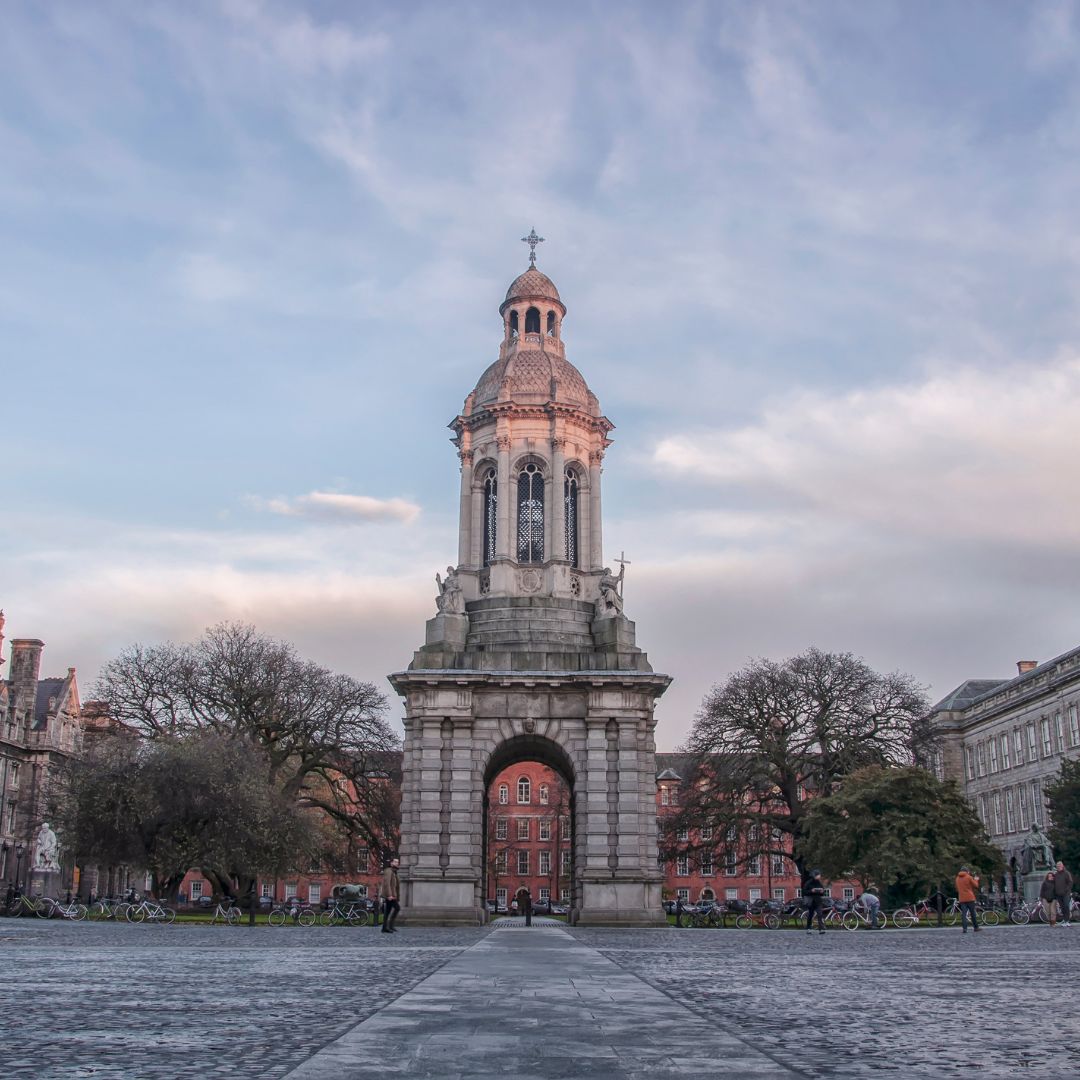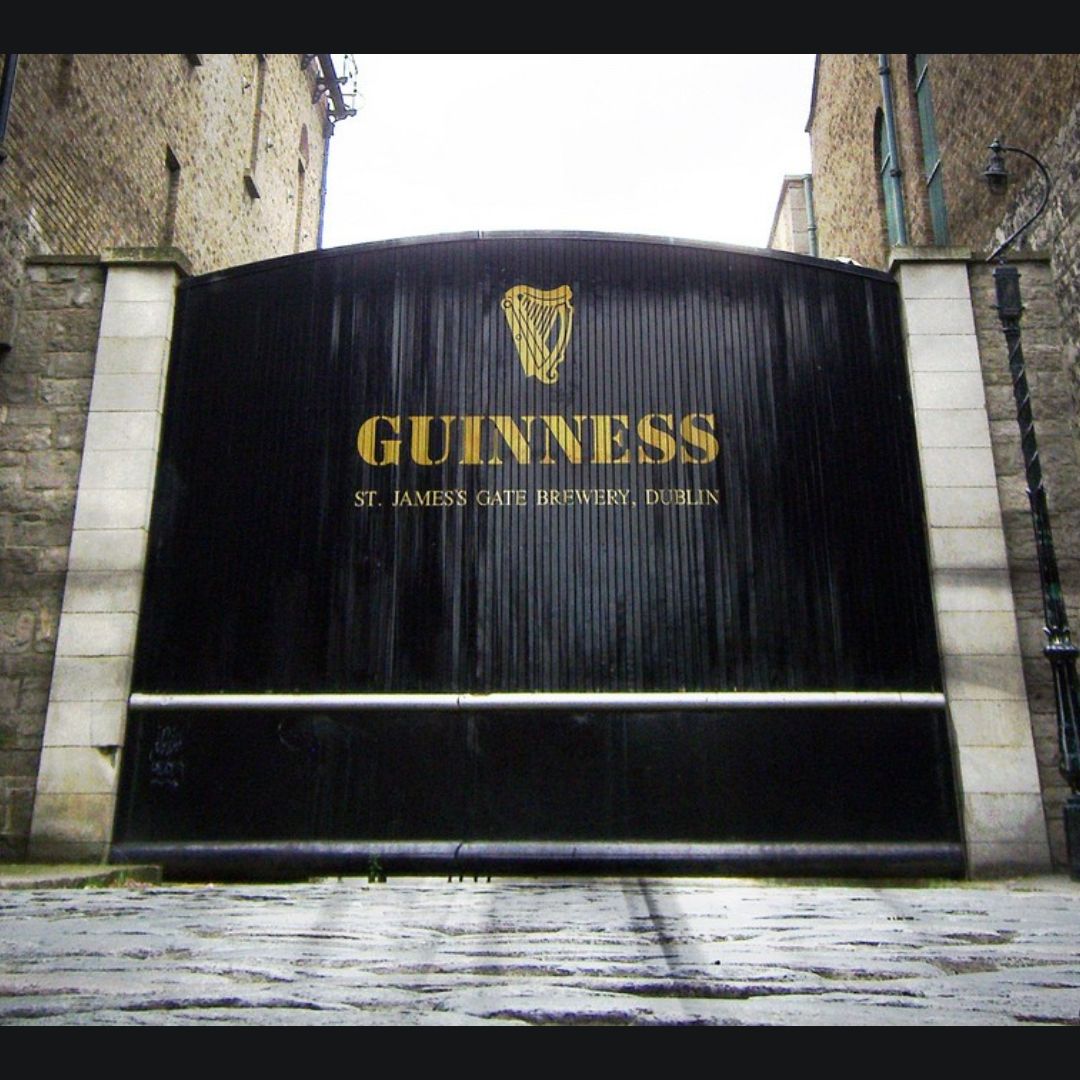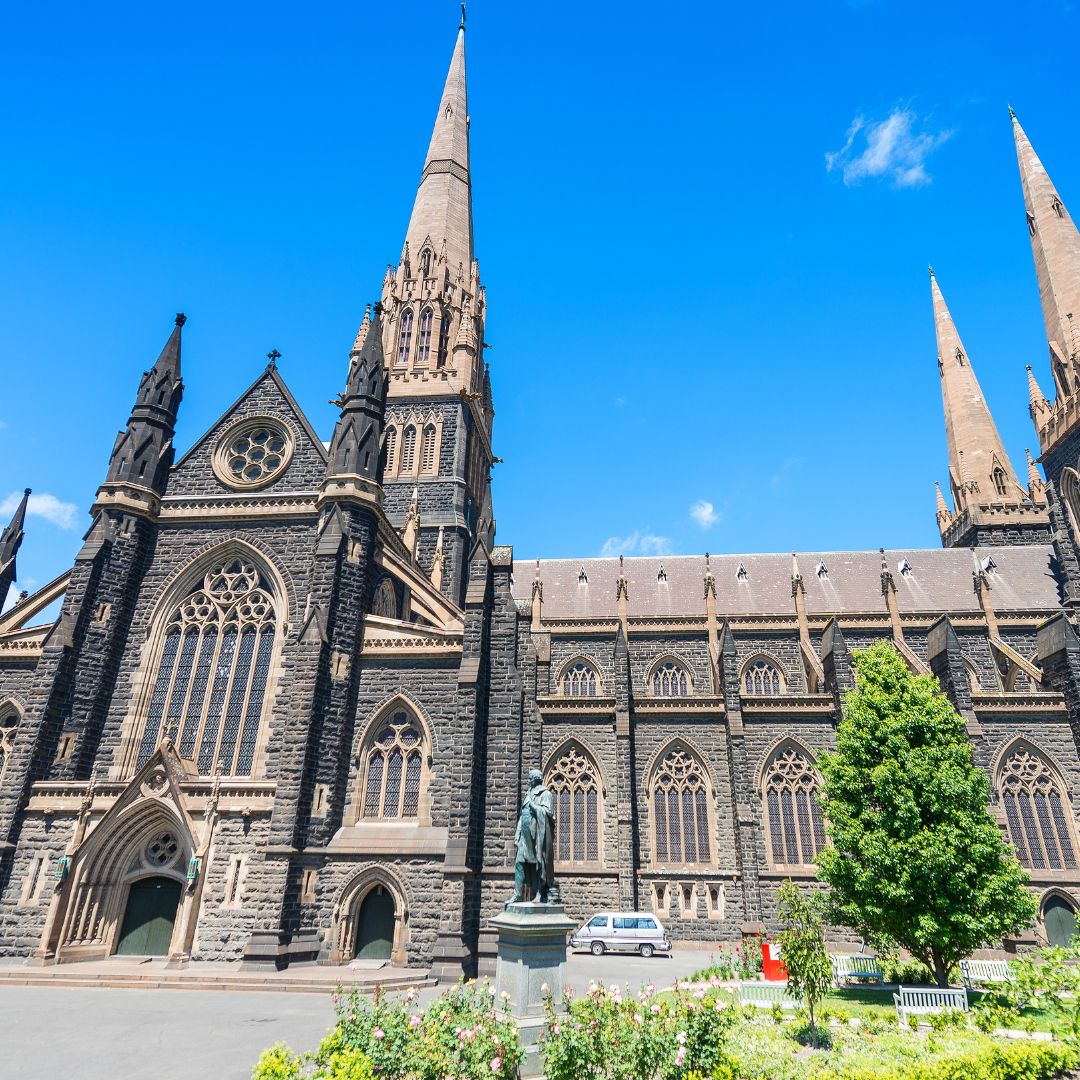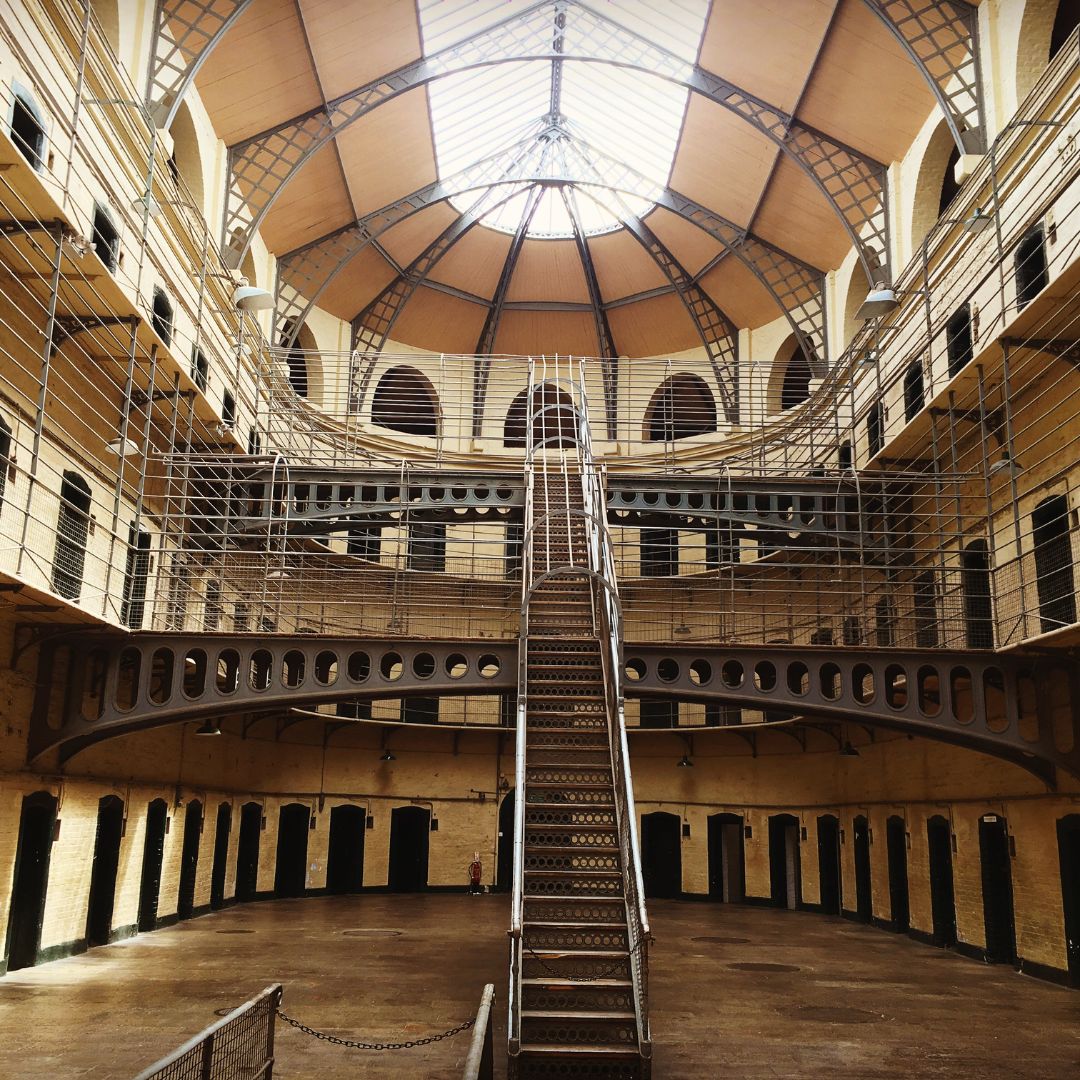Sightseeing in Dublin
Dublin is an ideal destination for a city break – there is tons to do and your main problem will be how to cram it all in! However, Dublin is a very manageable city and it’s easy to get around on foot, or you can get a day ticket for the hop-on hop-off buses which pass by most of the main attractions.
Temple Bar
The search for an authentic pint of Guinness is what draws many visitors to Temple Bar. This lively cobbled neighbourhood is one of Dublin's best-known districts and rammed with pubs, bars, clubs, quirky shops, colourful street art, open air markets, art galleries and cultural hotspots like the Irish Rock ‘n’ Roll Museum and Photo Museum Ireland. Temple Place is definitely “nightlife central” and the perfect place to get your fill of traditional Irish folk music. A fun night out is to be found at any of the pubs in the area including The Temple Bar pub, The Porterhouse, The Oliver St. John Gogarty, The Turk's Head, The Quays Bar, The Foggy Dew, The Auld Dubliner, Bad Bobs and Busker's Bar.

Trinity College
Founded in 1592 by Elizabeth I, Trinity College was modelled on Oxford and Cambridge and is located in the heart of Dublin. Former alumni include writers such as Swift, Wilde and Beckett but its most celebrated attraction is the barrel-vaulted Long Room in the Old Library which houses over 200,000 books and dates from the eighteenth century. The library is home to the Book of Kells, a beautifully illuminated Gospel manuscript that dates back to the 9th century and is one of Ireland's greatest cultural treasures.

Other museums
There are also several great free museums in Dublin including the National Museum of Ireland, National Gallery of Ireland, Dublin City Hall, and the Irish Museum of Modern Art. The National Museum actually has three sites in Dublin – Natural History, Decorative Arts and History, and Archaeology.
Guinness Storehouse:
No trip to Dublin is complete without a visit to the Guinness Storehouse. Guinness is one of the most successful alcohol brands in the world and is now brewed in almost 50 countries – but nothing beats a Guinness brewed in Ireland. The Storehouse, once used as the brewery fermentation plant, is shaped like a pint of Guinness and covers seven floors surrounding a glass atrium. At the base of the atrium lies a copy of the 9,000-year lease signed by Arthur Guinness when he first set up shop back in the 18th century. In the Perfect Pint bar, visitors may pour their own pint of Guinness and even get their selfie printed on top of a pint. The Brewery Bar showcases Guinness as part of Irish cuisine while the Gravity Bar on the top floor offers panoramic views of the city.

Dublin Castle
Dublin Castle dates back to the early 13th century and is a must-see for anyone visiting the city. You can admire the castle for free from the outside but tickets for guided tours of the State apartments and historic quarters are recommended. You can also get self-guided audio tours on the Dublin Castle app.

St. Patrick's Cathedral:
A church has stood on the site of St Patrick’s since the 5th century but the current building was first established in 1191. Saint Patrick, the patron saint of Ireland, is thought to have baptised converted Christians at a nearby well and it’s still an active place of worship. Although it has been restored on numerous occasions – most notably in 1860 thanks to a large donation from the Guinness family – some elements of the original 12th-century church still remain. The remarkable interior reflects various historic periods and houses numerous monuments and plaques commemorating some of Ireland’s most famous citizens. The grave of Gulliver’s Travels author Jonathan Swift, who was the Cathedral Dean from 1713 to 1745, lies at the west end of the Cathedral.

Phoenix Park
Phoenix Park was once a royal hunting Park and is now one of the largest public parks in Europe. Double the size of Central Park in New York, it’s open daily throughout the year and offers a peaceful escape from the bustle of Dublin city centre. The large number of resident fallow deer descend from the original herd. Other attractions included Dublin Zoo, the Phoenix Park Visitor Centre, Áras an Uachtaráin – the official residence of the President of Ireland, Ashtown Castle, a restored medieval tower house, various monuments, the Victorian Flower Gardens, a Biodiversity Information Centre plus café and tea rooms.
Kilmainham Gaol
Kilmainham Gaol was built in 1796 and although most inmates were ordinary criminals, the jail also held political prisoners and military leaders involved in Ireland’s long struggle for independence including Robert Emmet, the Fenians, Charles Stewart Parnell, Eamon de Valera and the leaders of the 1916 Easter Rising. The Gaol was closed in 1924 but was preserved as a national monument and opened to the public in 1966. The jail has featured in numerous films including, most recently Paddington 2.

The Liffey River and Ha'penny Bridge
No visit to Dublin is complete without a stroll along the legendary Liffey River. Like Paris, the river bisects the city and is lined with beautiful, historic buildings on both banks. The numerous bridges include the iconic pedestrianised Ha'penny Bridge at Temple Bar.
